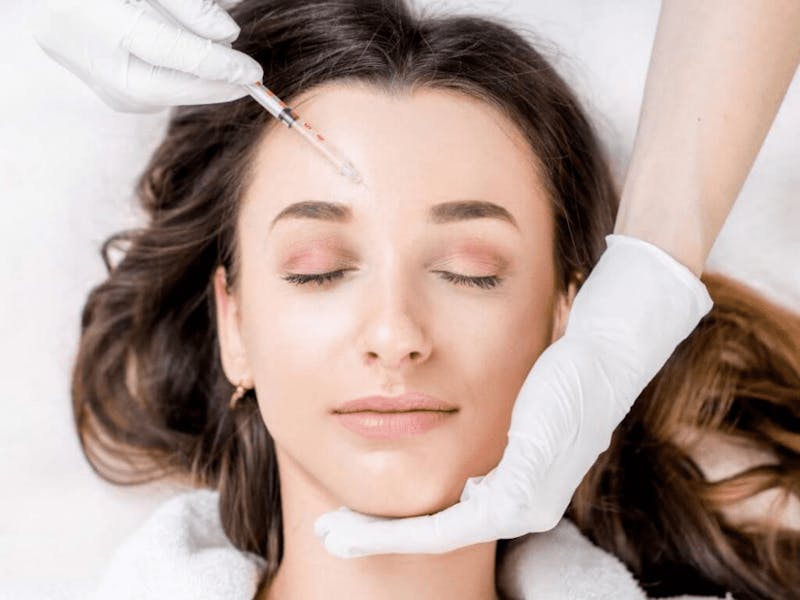
Wrinkles and fine lines are part of the aging process, but they don’t have to distract your eye each time you look in the mirror. Botox is an easy, safe and effective way to reverse the signs of aging by smoothing fine lines and even more pronounced wrinkles. At the Center for Dermatology, we’re dedicated to making sure you look and feel your best.
What Is Botox?
Botox is the brand name of a safely purified toxin produced by the bacterium Clostridium botulinum. In the 80s, doctors discovered that by injecting it into muscles they could control the weakening of those muscles.
The FDA approved its use, and doctors could then use Botox to help patients with conditions like lazy eye (strabismus) and uncontrolled blinking (blepharospasm). It was then doctors discovered its effects on wrinkles and started to treat medium to severe wrinkles with it.
How Does Botox Work?
When injected in a muscle, Botox keeps neurotransmitters from reaching that muscle. People with dynamic wrinkles–lines that form and deepen when the muscle underneath moves–are the best candidates for this kind of treatment.
Because the treated muscle can no longer contract, the repetitive motion that caused the wrinkles stops, and the wrinkle diminishes.
What Areas Can Be Treated?
Your doctor will recommend the best course of action for your concerns. Botox is often used for the treatment of:
- Crow’s feet
- Forehead lines
- Frown lines
- Neck wrinkles
- Bunny lines
- Chin Dimples
If Botox isn’t the right solution for your area of concern, your doctor will discuss other options with you. Ask your doctor about complementary treatments to go along with it.
What to Expect
Expect a simple and safe, in-office treatment that requires no prep or downtime. Some patients take their appointments during their lunch break because it can be done so quickly. To avoid bruising, your doctor may recommend you stop taking aspirin and ibuprofen two weeks before your appointment.
You and your doctor will discuss your areas of concern and where you’ll benefit most from treatment. During your appointment, your physician will give several tiny injections with a super-fine needle into the specific muscles that are causing your wrinkles. Discomfort is very minimal, so there is no need for any anesthetic.
Results
It takes a few days to begin seeing results and may take a week to see the full effect. Over time and with regular appointments, the results will continue to improve.
The duration of results varies from patient to patient but typically last between three to five months. When wrinkles start to reappear, it’s important to make a follow-up appointment to have the area re-treated for maximum benefit and no interruption in results. Patients who see the best, continued results are those who stick to a regular maintenance schedule.
Schedule Your Consultation Today
Call the professionals at the Center for Dermatology in Lawrenceville for a consultation about all the benefits you can enjoy from Botox treatments. One call is all it takes to take control of the aging process and love what you see in the mirror.

